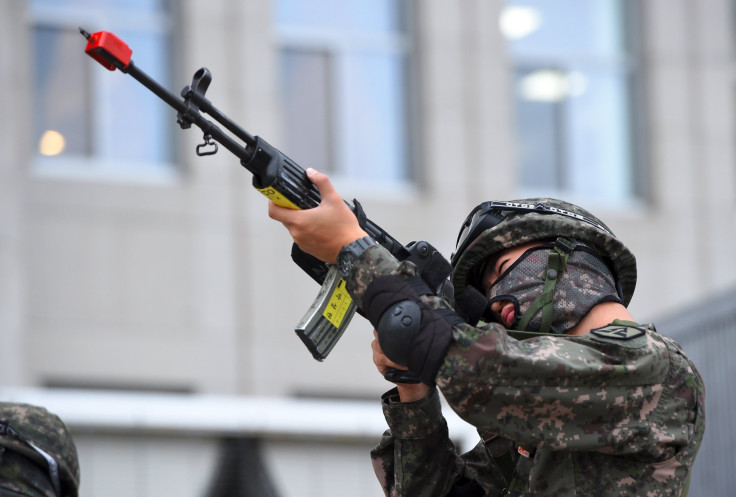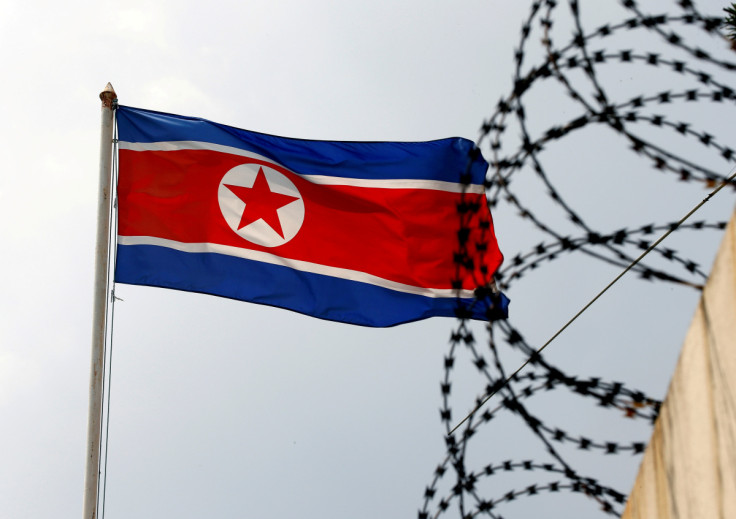South Korea Not Ready For North Korea's Drone Attacks, Leaked Docs Show

KEY POINTS
- The U.S. is concerned over South Korea's slow response and lack of clear rules of engagement to drone attacks
- Leaked docs suggested it would take South Korea years to implement its plan to counter North Korean drones
- The South Korean defense ministry announced plans to establish a drone operations command
South Korea is highly vulnerable to North Korean drone attacks, leaked U.S. intelligence documents revealed.
Classified U.S. assessments circulated on the Discord messaging app and reviewed by The Washington Post indicated that South Korea has extensive weaknesses and shortcomings in its air defense and that it may take years for the country to become fully prepared to defend against North Korean drones.
The intelligence report pointed to a December 2022 incident in which five North Korean drones flew deep into South Korea's airspace, including one that reached the no-fly zone around Seoul's presidential office. According to officials, the South Korean military could not shoot any of the drones down, and some of them disappeared from radar screens as they were being tracked.
The leaked document said that the slow communication between ground radars and responding aircraft as well as the lack of clear rules of engagement among military commanders hampered South Korea's response to the North Korean incursion.
The U.S. assessment noted that North Korea could exploit gaps in South Korea's air defense coverage.
The document revealed a grim assessment of South Korea's military capabilities, saying it "very likely will be unable to consistently enact a coordinated response to [North Korean drone] incursions for at least the next 6 months."
It added that South Korea "likely will require 3-5 years to fully implement its plan" to counter North Korean drones.
South Korean President Yoon Suk Yeol's office and the country's defense ministry declined to comment on the report, according to the Post.
The publication said the Pentagon also declined to comment about the leaked classified documents, and its spokesperson did not address inquiries about whether South Korea's vulnerabilities pose a threat to the thousands of U.S. servicemen and their families stationed in the Asian country.
Ellen Kim, the deputy director of the Korea Chair at the Washington-based Center for Strategic and International Studies, told the Post that South Korea had been heavily focused on North Korea's missile and nuclear programs, and Pyongyang took advantage of it.
South Korean officials previously acknowledged that while they are able to intercept larger, military-size drones, they struggle to detect those that are smaller and fly low.
"That's why North Korea has been focusing on the asymmetrical capability, just like nuclear weapons," Kim said.
Kim said the drone incursion incident should serve as a "wake-up call" for South Korea.
The December 2022 drone incident raised questions about South Korea's national defense strategy, according to Uk Yang, a military strategy expert at the Asan Institute for Policy Studies in Seoul.
Yang also claimed that South Korea had lost the edge it had after developing unmanned aircraft in the 1990s.
Last month, the South Korean defense ministry revealed its plan to launch a drone operations command in the second half of 2023.
Yonhap News Agency reported that Seoul's defense ministry had released a public notice on enacting a decree establishing the drone operations command.
Meanwhile, the U.S. Eighth Army and the South Korean Army recently concluded their joint counter-drone exercises, which began last August.
Maj. Joshua Gompert, the strategy and policy chief and the Eighth Army's experimentation lead, said the joint exercises would increase the "readiness and interoperability" of the U.S.-South Korea Joint Force, according to the Defense Visual Information Distribution Service (DVIDS).

© Copyright IBTimes 2024. All rights reserved.






















